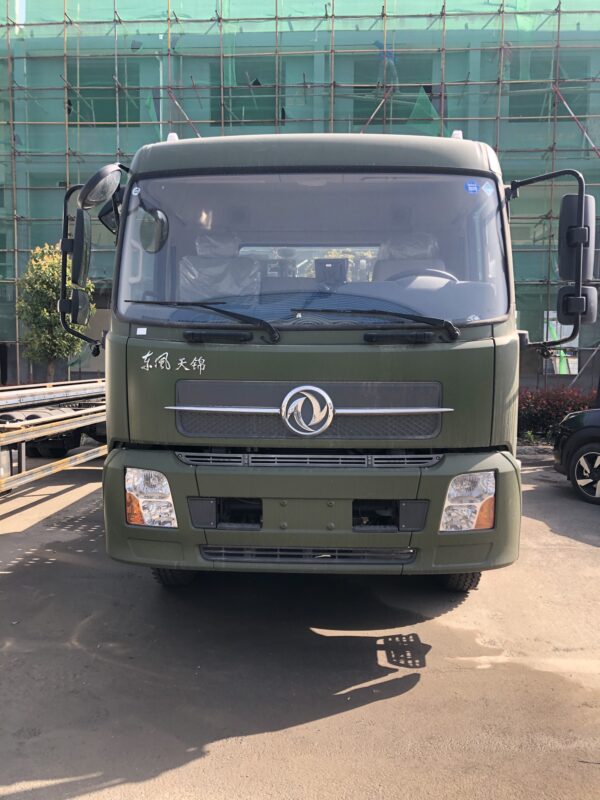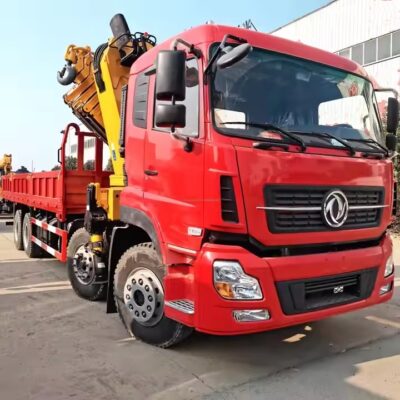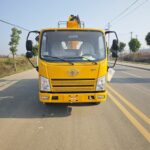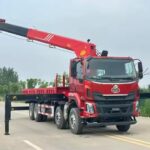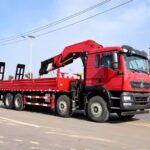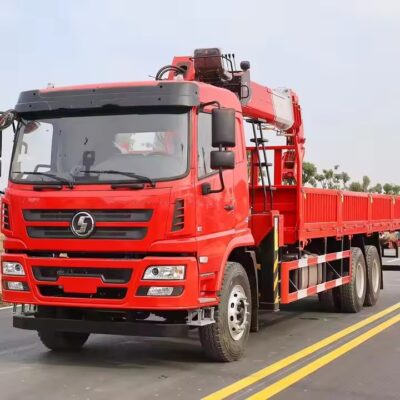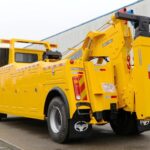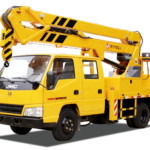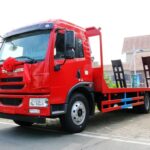Section I: Acquisition and Rental of Tower Cranes
1. Purchasing New Tower Cranes
To ensure operational safety and compliance, all new tower cranes must be procured from manufacturers with valid production licenses. The following documentation is mandatory upon purchase:
- Equipment compliance certificates.
- Warranty certificates for critical components, including high-strength connecting bolts and hoisting wire ropes.
- Assurance documents for other standard parts.
- Detailed user manuals.
This process ensures that the equipment meets safety standards and provides the necessary technical details for proper installation, maintenance, and operation.
2. Renting Tower Cranes
Renting tower cranes involves meticulous vetting to ensure safety and functionality. Key measures include:
- Drafting and signing a legally binding rental agreement, complete with official seals from both parties. Rentals from unregistered entities or individuals are strictly prohibited.
- Ensuring the crane is in excellent condition with fully operational safety devices and no unauthorized modifications. The service life of the rented equipment must not exceed five years.
- Requiring the lessor to provide:
- A valid production license.
- Original factory compliance certificates and user manuals.
- Inspection certificates issued by the relevant regulatory authorities.
3. Purchasing Second-Hand Tower Cranes
When acquiring second-hand equipment, additional precautions are necessary:
- Ensure the crane’s service life does not exceed three years.
- Verify the functionality of all safety devices and assess the overall operating condition.
- Obtain original compliance certificates and comprehensive technical documentation.
- Confirm that the manufacturer is still operational and has not ceased production or transitioned out of the industry.
4. Prohibited Acquisitions
To mitigate risks, the following restrictions are enforced:
- Avoid purchasing cranes that have been officially decommissioned or are technologically obsolete. Examples of outdated models include TQ60, TQ80, QT16, QT20, and QT25.
- Do not acquire equipment from manufacturers that have ceased operations or shifted to unrelated industries.
Section II: Installation and Disassembly Procedures
1. Maintenance Prior to Installation and After Disassembly
Comprehensive maintenance ensures the integrity of tower crane components. Essential steps include:
- Inspecting high-strength bolts, steel structure welds, pins, wire ropes, safety devices, and hydraulic jacking systems.
- Repairing or replacing any compromised parts.
- Applying anti-corrosion treatments to all steel structures.
- Lubricating pins and bolts. Discard used cotter pins to avoid compromised functionality.
2. Engaging External Installation or Disassembly Services
When outsourcing installation or disassembly, enforce contractual and regulatory compliance:
- Sign a detailed agreement specifying responsibilities, endorsed by official seals.
- Ensure the service provider presents:
- A valid installation/disassembly license.
- Certification records for all personnel involved in the operation.
3. High-Strength Bolt Management
For models using one bolt per corner, adhere to strict usage guidelines:
- Utilize new bolts for the bottom and first two standard sections (12 bolts in total). Mark bolts to indicate usage cycles:
- Green for the first use.
- Yellow for the second use.
- Red for the third use, after which bolts must be scrapped.
- Mark and track all bolts for newly purchased standard sections. Discard bolts reused more than three times.
4. Structural Integrity Inspections
Prior to installation, inspect all structural components for severe corrosion, deformation, or operational deficiencies. Key areas include:
- Standard sections.
- Main booms.
- Rear arms.
- Base frames.
Engage technical personnel for on-site inspections if any concerns arise. Postpone installation until structural safety is verified.
5. Installation Planning
Prepare a detailed installation plan, approved by senior technical personnel, to guide operations effectively.
6. Foundation Requirements
Follow the manufacturer’s specifications for constructing crane foundations:
- Pre-buried bolts must have verified material quality reports.
- Secure concealed engineering acceptance records and concrete foundation inspection reports prior to installation.
- Use pre-cast concrete blocks for counterweights. Avoid bricks and do not use damaged counterweights.
7. On-Site Safety Training
All personnel must receive comprehensive safety briefings before commencing work. Required protective gear includes:
- Safety helmets.
- Safety harnesses for tasks above two meters.
- Anti-slip footwear and secure tool pouches.
8. Certified Personnel Only
Only certified personnel are authorized to perform installation and disassembly tasks. Intoxicated individuals are strictly prohibited.
9. Worksite Safety Zones
Establish clear warning zones with appropriate signage. Assign monitors to oversee the safety of the area.
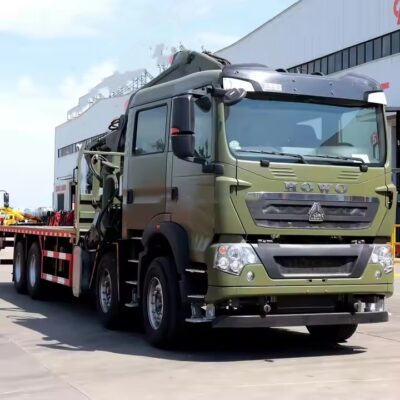
10. Equipment Checks
Verify the functionality of hydraulic jacking mechanisms and inspect all tools, including:
- Slings.
- Lifting devices.
- Wrenches.
- Hammers.
11. Manufacturer Guidelines
Follow the manufacturer’s instructions meticulously. Assign specific tasks to qualified personnel, ensuring clear roles and responsibilities during operations.
12. Weather Considerations
Suspend operations if wind speeds exceed level 4 on the Beaufort scale. Secure booms in the installation direction during high winds.
13. Adverse Weather Protocols
Cease all activities during severe weather conditions, such as winds above level 6 on the Beaufort scale, heavy rain, or snow.
14. Tool Handling at Heights
Store tools in designated tool bags during high-altitude work. Avoid throwing objects from heights to prevent accidents.
15. Mobile Crane Usage
Comply with regulatory standards when using mobile cranes:
- Ensure lifting ropes and braking systems are in optimal condition.
- Avoid overloading and adhere to weight limits.
16. Load Securing
Properly secure lifted objects to prevent displacement:
- Use wind ropes for long or unstable items.
- Transport smaller components in crates.
17. Rust Prevention
Protect ungalvanized components, such as pins and bolts, from rust, particularly in base areas.
18. Post-Installation Inspections
Conduct thorough self-inspections and obtain approval from regulatory authorities before operating the crane.
19. Storage of Disassembled Components
Store disassembled components in secure, dry locations to prevent water damage and corrosion.
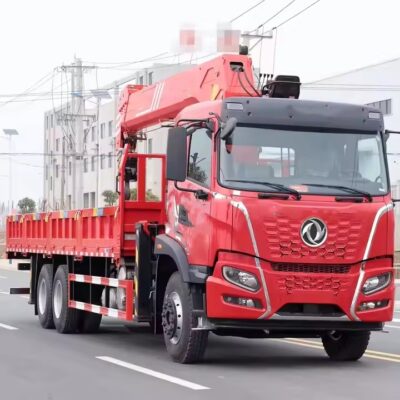
Section III: Tower Crane Operations
1. Operator Certification
Only licensed operators and certified signalers are permitted to handle tower crane operations.
2. Worksite Preparations
Ensure sufficient space and remove obstacles within the crane’s operational radius. Adequate lighting is mandatory for nighttime operations.
3. Pre-Operational Checks
Familiarize personnel with site conditions, including:
- Road layouts.
- Overhead power lines.
- Building locations.
- Load distribution areas.
4. Prohibited Modifications
Do not alter materials or components, or disable safety devices, without explicit manufacturer approval.
5. Daily Equipment Inspections
Conduct daily inspections:
- Electricians must verify electrical systems and safety devices.
- Operators and signalers must inspect slings, hooks, and operational components.
6. Regular Maintenance
Perform weekly maintenance tasks, such as tightening bolts and checking vertical alignment, to ensure stability.
7. Maintaining Safety Distances
Maintain a minimum horizontal clearance of six meters from power lines, or implement protective barriers as necessary.
8. Wire Rope Compliance
Adhere to manufacturer specifications for wire rope selection and maintenance.
9. Operational Protocols
Signal before initiating movements. Avoid abrupt stops or directional changes to maintain control.
10. Prohibited Activities
- Do not lift unverified loads.
- Avoid exceeding weight limits.
- Refrain from performing angled lifts or risky maneuvers.
11. Weather-Related Precautions
Suspend operations during severe weather. Secure the crane and its components during downtime.
By adhering to these detailed measures, tower crane operations can be conducted safely and efficiently, minimizing risks and ensuring compliance with safety standards.

